Castor oil packs aren’t new. But the TikTok versions? Mostly wrong.
This isn’t some fringe wellness hack—castor oil packs have been used for centuries to support detox, digestion, and deep rest. The problem? Like most ancient rituals making a comeback, people are cutting corners.
If you care about hormone balance, energy, clear skin, or even just feeling less puffy, liver health isn’t optional. And supporting your liver doesn’t have to be complicated. When done right, castor oil packs can help stimulate lymph flow, reduce inflammation, and give your detox pathways the nudge they’ve been needing.
In this guide, we’ll break down exactly how castor oil packs work, why they’re worth your time, and what not to do if you’re actually serious about results.
What Is a Castor Oil Pack?
A castor oil pack is a piece of cloth (traditionally wool or cotton flannel) soaked in castor oil and placed on the skin. Typically, this pack is applied over the abdomen—most often on the upper-right side, just below the rib cage, to target the liver. A heating pad is then placed on top to encourage deeper penetration of the oil and increase blood flow to the area.
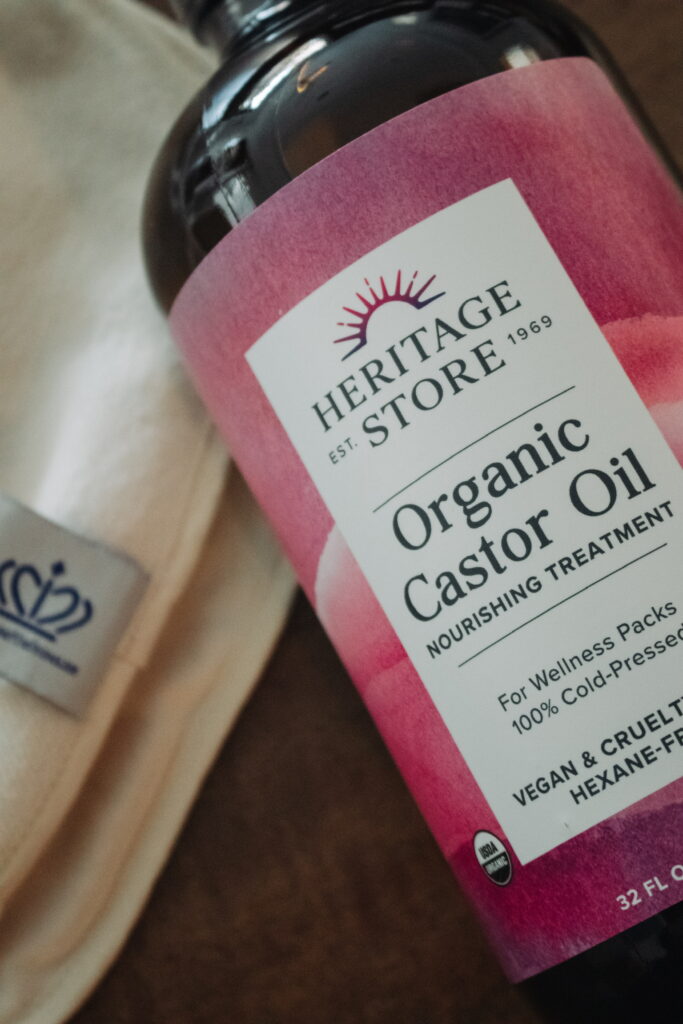
Components of a Castor Oil Pack
Castor Oil:
- Cold-pressed, organic castor oil is the best to use. This one from Amazon is a great option.
- Glass bottle packaging is recommended to avoid potential chemical leaching from plastic containers.
Wool or Cotton Flannel Cloth:
- Wool flannel is traditionally considered ideal for its healing properties and durability.
- Cotton flannel also works well if wool is not an option.
Natural Fiber Wrap or Old Towel:
- Use this to secure the castor oil pack against your body.
- Avoid adhesives or plastic-derived polymers that can counteract the detox goal.
Heating Pad:
- Gentle heat encourages circulation and relaxation.
- Use a low to medium heat setting to avoid burns.
Not recommended – Plastic Wrap:
- Some people use plastic wrap to hold the oil-soaked cloth in place or to prevent mess.
- Important: Directly heating plastic or placing it against your skin can lead to chemical leaching, which is counterproductive when you’re trying to support detoxification. If you must use plastic, put an old towel or cloth barrier between the plastic and your skin
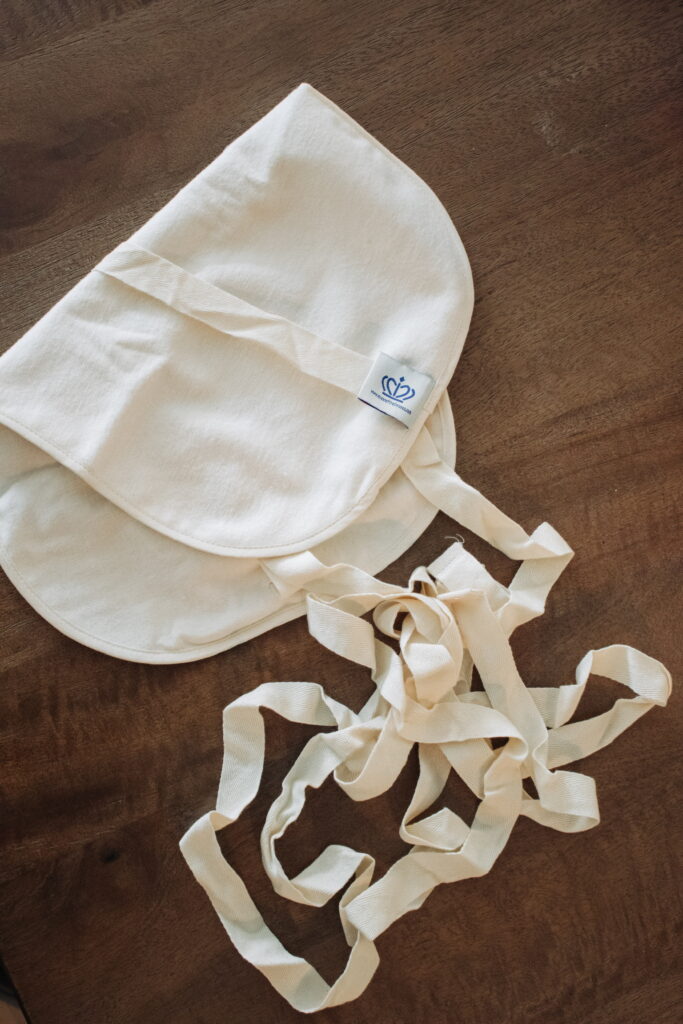
How Do Castor Oil Packs Work?
The main active component in castor oil is ricinoleic acid, a fatty acid that has been studied for its potential anti-inflammatory and analgesic (pain-relieving) properties. When castor oil is absorbed through the skin, some research suggests it may help:
- Reduce inflammation in local tissues
- Stimulate blood flow and lymphatic circulation
- Promote relaxation of smooth muscle
Although large-scale clinical trials on castor oil packs specifically are limited, there are smaller studies and anecdotal reports indicating benefits like improved digestion, reduced constipation, and a general sense of relaxation after use. For instance, a pilot study published in the journal Complementary Therapies in Clinical Practice (2009) found that castor oil packs might help reduce symptoms of constipation and promote bowel regularity.
(Source: Akhtar, M. et al., 2009, “Effect of castor oil packs on constipation”, Complementary Therapies in Clinical Practice.)
Applying heat directly over the pack enhances circulation. Increased blood flow to the liver area can support the organ’s natural detox processes. Heat also helps open pores, potentially aiding in the absorption of ricinoleic acid. Plus, the soothing warmth can be a wonderful stress reliever, making castor oil packs a perfect self-care ritual.
Step-by-Step: How to Do a Castor Oil Pack
Below is a detailed guide to help you get started:
1. Gather Your Materials
- Castor Oil (~2 tablespoons): Make sure it’s organic, cold-pressed, and comes in a glass bottle.
- Wool or Cotton Flannel Cloth: Large enough to cover your liver area (about 8 x 10 inches).
- Natural Fiber Wrap or Old Towel: To secure the pack in place.
- Heating Pad: For gentle heat and to support oil penetration.
- Optional: An extra towel to protect bedding or clothing, as castor oil can stain.
2. Prepare the Pack
- Pour ~1-2 tablespoons of castor oil onto the flannel cloth. Allow the oil to absorb evenly. You don’t need to saturate the cloth completely—but you want to make sure there’s enough on there.
3. Application
- Location: Place the flannel over your upper-right abdomen, just below your rib cage (this is where the liver primarily resides).
- Secure: Use a natural fiber wrap, an old towel, or a cloth tie to keep the flannel in place. Avoid adhesives or plastic directly on your skin. If you must use plastic wrap, place a layer of cloth between it and your skin.
- Protect Your Clothing: Castor oil can stain fabrics. Wear old clothes or place an old towel underneath you to catch any drips.
4. Heat & Relax
- Place a heating pad over the pack and set the heat to low or medium.
- Relax for 30–60 minutes. You can read, meditate, or listen to music during this time.
- Overnight Option: Some people prefer to wear the pack overnight. If you do this, make sure it’s securely fastened so you don’t leak oil onto your sheets (or consider wearing an old shirt to bed, or sleep over an old towel or protective cover).
5. Clean-Up
- Carefully remove the pack.
- Wipe your skin with a damp cloth or mild soap to remove excess oil.
- How to Wash Castor Oil Pack: Some people will store in a plastic bag and wash it after every 2-3 uses. When you’re ready to wash, hand-wash the flannel in warm, soapy water. Keep in mind that castor oil stains are stubborn and may not come out completely.
- Let the flannel air-dry, or lay it flat on a towel.
6. Frequency
- 2–3 times per week is a common recommendation, though some people use it more or less often. Talk to your healthcare provider to determine what is right for you.
- Always listen to your body; if you experience any irritation, reduce frequency or discontinue use.
What To Expect After a Castor Oil Pack
Everyone responds differently, so don’t be discouraged if you don’t feel a dramatic shift after your first use. Many people report feeling noticeably more relaxed—sometimes even sleepy—shortly after applying a pack. That’s a good sign your nervous system is shifting into parasympathetic mode (read: rest and digest). With consistent use, benefits tend to compound. You might notice reduced bloating, better digestion, more regular bowel movements, and less tension around your cycle. Some women also report clearer skin and more balanced energy throughout the day. As with most things in wellness, consistency beats intensity—especially when it comes to supporting the liver and lymph.
Tips for Maximizing Liver Support
While castor oil packs can be a valuable part of a holistic health regimen, they aren’t a standalone cure-all. Consider these additional strategies to keep your liver in top shape:
Stay Hydrated: Aim for at least 8 glasses of water a day. Proper hydration helps flush toxins from your body.
Eat a Balanced Diet: Focus on whole foods—fruits, vegetables, high-quality proteins, and healthy fats. Cruciferous veggies like broccoli and kale are especially supportive for liver health.
Limit Alcohol, Sugar and Processed Foods: These can tax your liver, so moderation is key.
Engage in Exercise and Daily Movement: Activities like yoga, walking, or swimming can support circulation and lymphatic drainage. Outdoor walks – with a goal of 10k steps a day – will help maximize your efforts.
Incorporate Other Detox Methods: Dry brushing, Epsom salt baths, vibration plates, rebounding, or even deep breathing exercises can complement your castor oil pack routine.
Manage Stress: Chronic stress can impact hormone balance and liver function. Incorporate mindfulness, meditation, or journaling into your daily routine.
Be Consistent: Regularly using castor oil packs (e.g., 2–3 times a week) tends to yield the best results over time. If you’re doing a liver or gut protocol, your practitioner might even recommend doing them nightly for maximum benefits.
Safety & Precautions
- Medical Conditions & Pregnancy: If you’re pregnant, breastfeeding, or have a serious medical condition, consult a healthcare professional before using castor oil packs.
- Allergies & Skin Sensitivity: Perform a patch test if you have sensitive skin. Discontinue use if you experience redness, itching, or discomfort.
- Heat Settings: Keep the heating pad on a low or medium setting to avoid burns.
- Listen to Your Body: If something feels off—stop. Always prioritize safety and comfort.
FAQs About Castor Oil Packs
Below are answers to some of the most frequently asked questions:
What does a castor oil pack do?
A castor oil pack may help improve circulation, support the lymphatic system, and provide mild anti-inflammatory effects. Many people use it to promote relaxation, relieve constipation, or assist with liver detoxification.’
How to know if a castor oil pack is working?
Results can be subtle. You might notice improved bowel movements, reduced bloating, or a general sense of relaxation. Over time, you may also observe better energy levels or clearer skin, but individual experiences vary.
How to make a castor oil pack?
Simply soak a piece of wool or cotton flannel in castor oil (1–2 tablespoons), place it over your abdomen, secure it, and apply heat. Make sure you’re using quality materials (glass-bottled oil, natural fiber cloth) for best results.
Where to place a castor oil pack for the liver?
Position it over your upper-right abdomen, just below the rib cage. This is the general location of your liver.
How to do a castor oil pack?
-
- Apply oil to cloth.
- Place cloth on your liver area.
- Cover with a towel or wrap.
- Apply gentle heat for 30–60 minutes. You can also wear overnight.
- Clean up and wash the cloth afterward.
How to wash/clean a castor oil pack?
Hand-wash the flannel with warm, soapy water. You can also rinse it in a solution of water and baking soda to help remove oil. Expect some staining; this is normal.
How Often Should I Do A Castor Oil Pack?
For best results, aim for 3–5 times a week—consistency is key, but even once a week is better than nothing
What to expect after a castor oil pack?
You might feel relaxed or even a bit tired. Some people report better digestion or less bloating the next day. Mild detox symptoms (like fatigue or mild headache) can happen but aren’t always common.
Why avoid plastic directly on the skin?
Heating plastic can release chemicals that could be absorbed by your skin—contradictory to the detox goal. If you need a barrier, place a towel between your skin and the plastic wrap.
Castor oil packs offer a simple, soothing way to support your liver and overall well-being. By applying warm, ricinoleic acid-rich oil over your abdomen, you may experience improved circulation, relaxation, and gentle detox support. Whether you’re dealing with occasional digestive issues or simply looking to add a nurturing ritual to your self-care routine, castor oil packs can be a worthwhile addition.
Remember to prioritize high-quality materials: organic castor oil in a glass bottle, natural fiber flannel, and minimal use of plastic. Pay attention to your body’s signals, and consult a healthcare provider if you have any concerns—especially if you’re pregnant, breastfeeding, or managing a chronic health condition.
At the end of the day, your liver does a lot for you. Giving it a little extra love through consistent self-care practices—like castor oil packs—can help you feel more vibrant and balanced. If you decide to give it a try, consider journaling any changes in your digestion, energy, or overall well-being. Over time, you may discover that this age-old technique provides just the gentle boost your body has been craving.

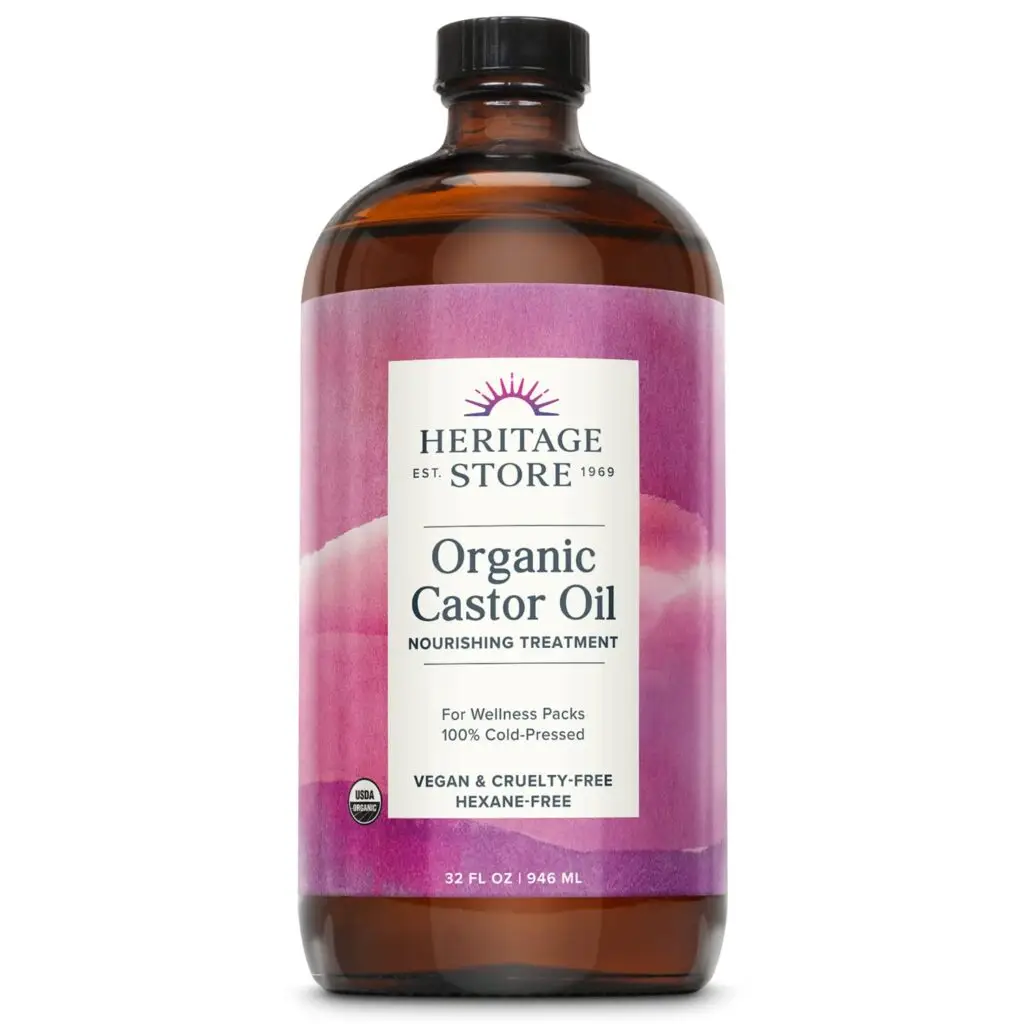
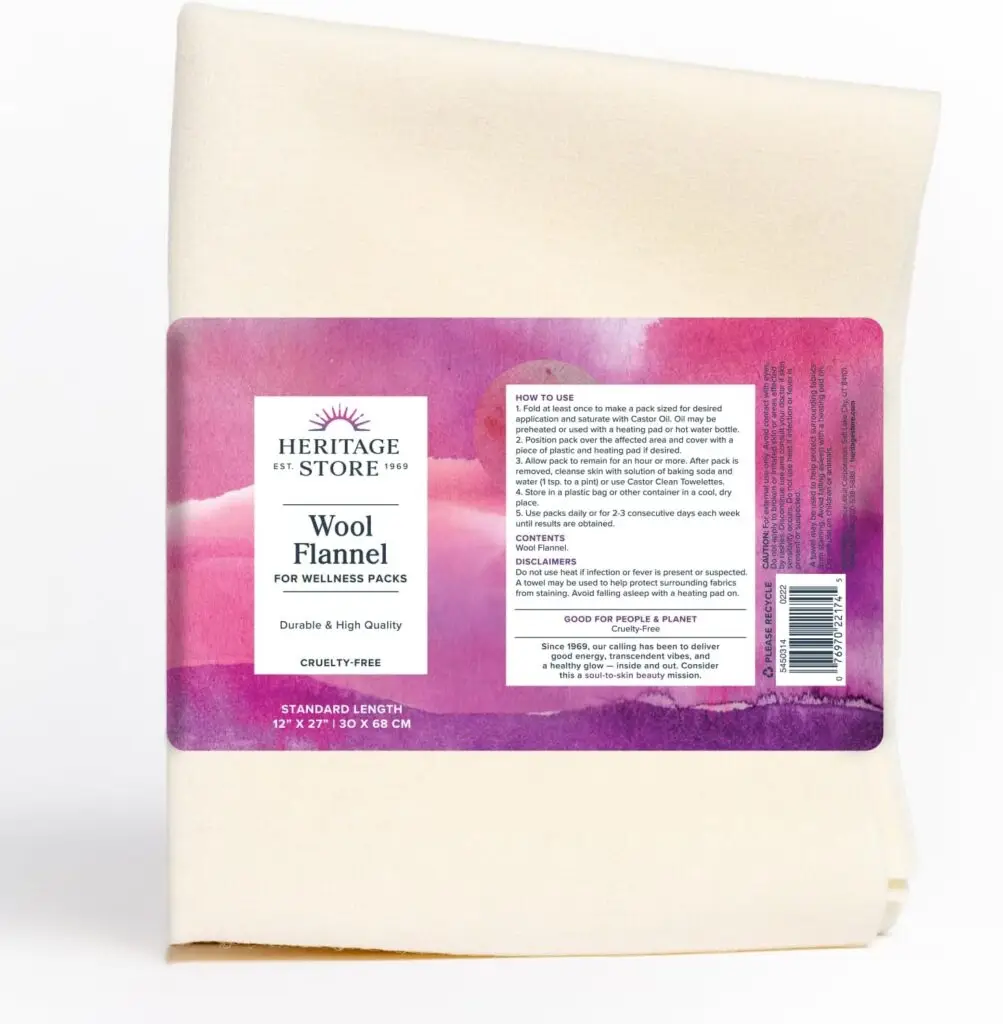
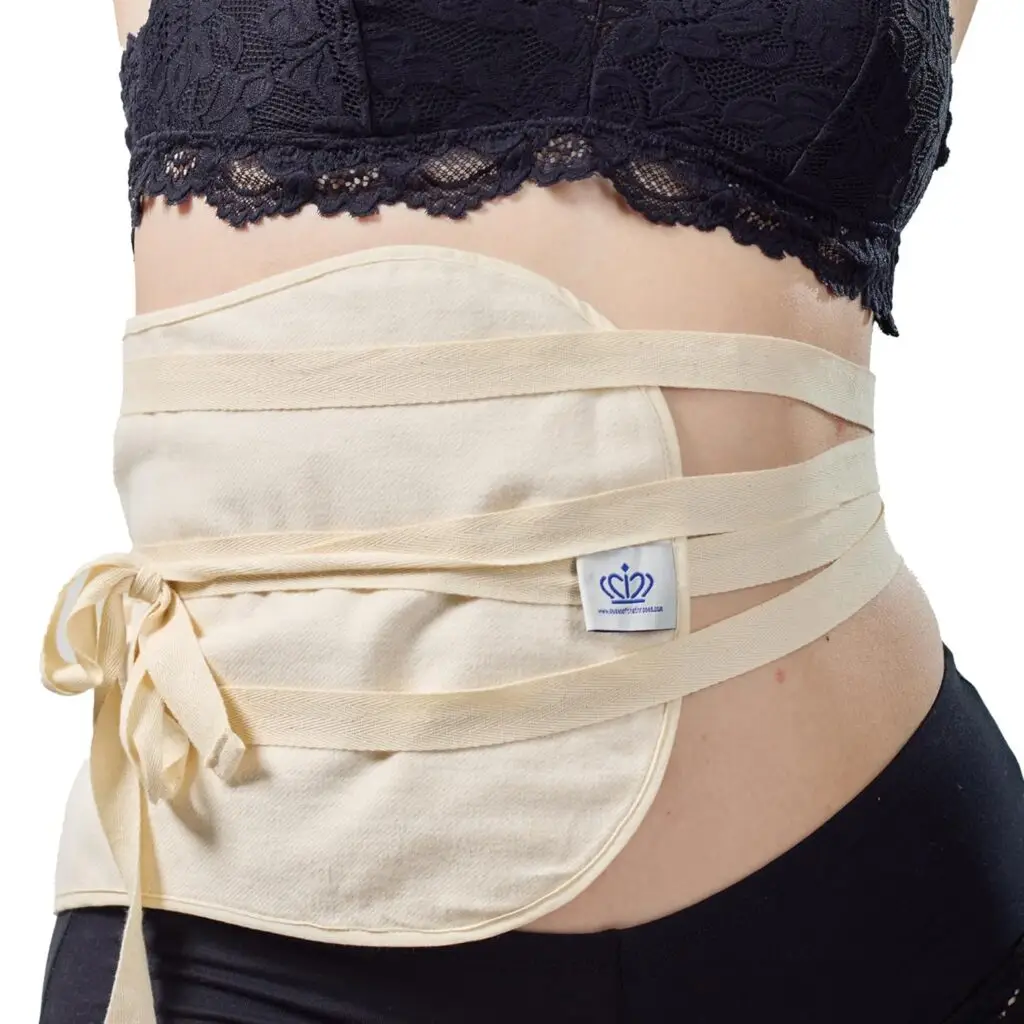


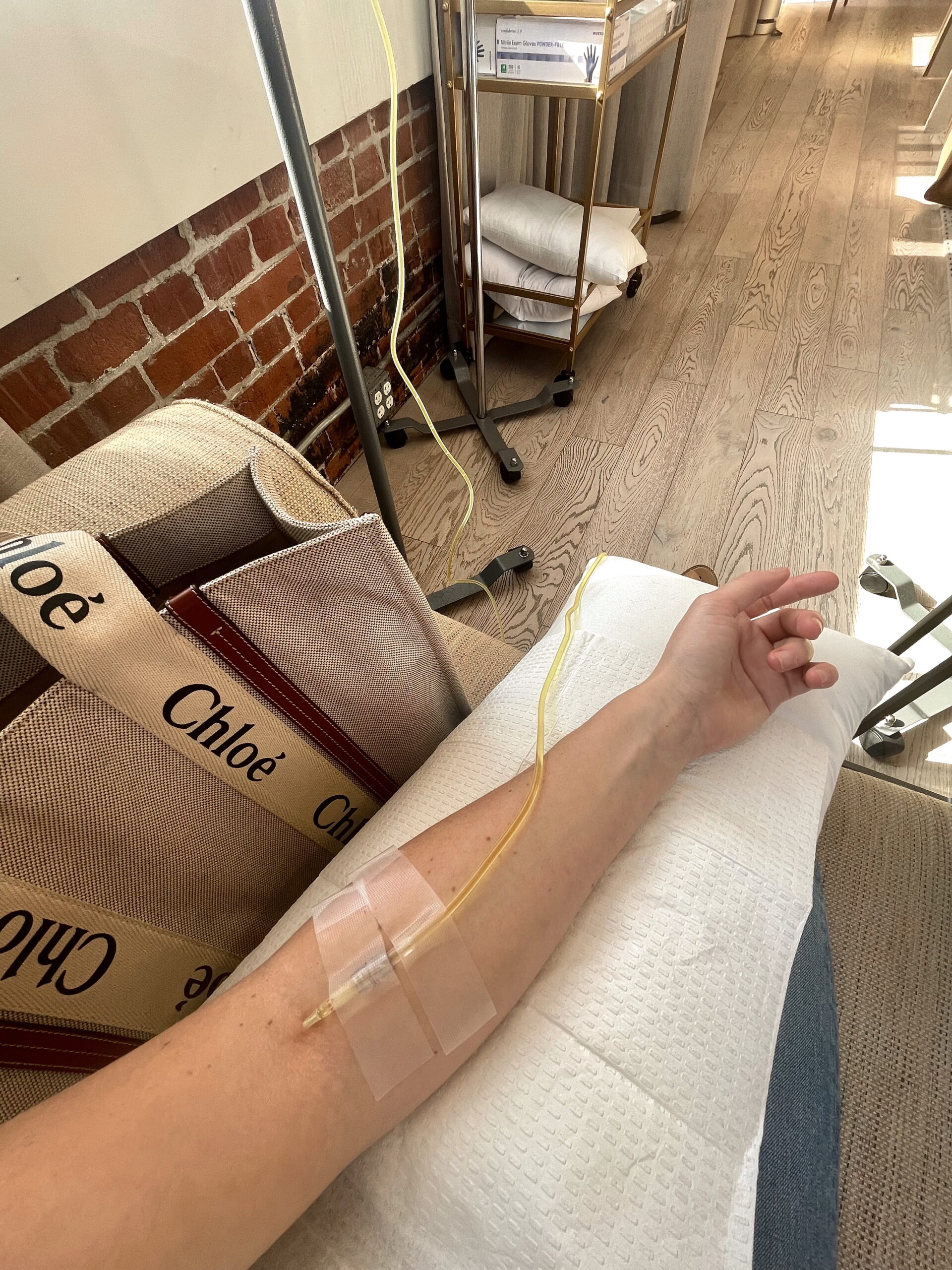

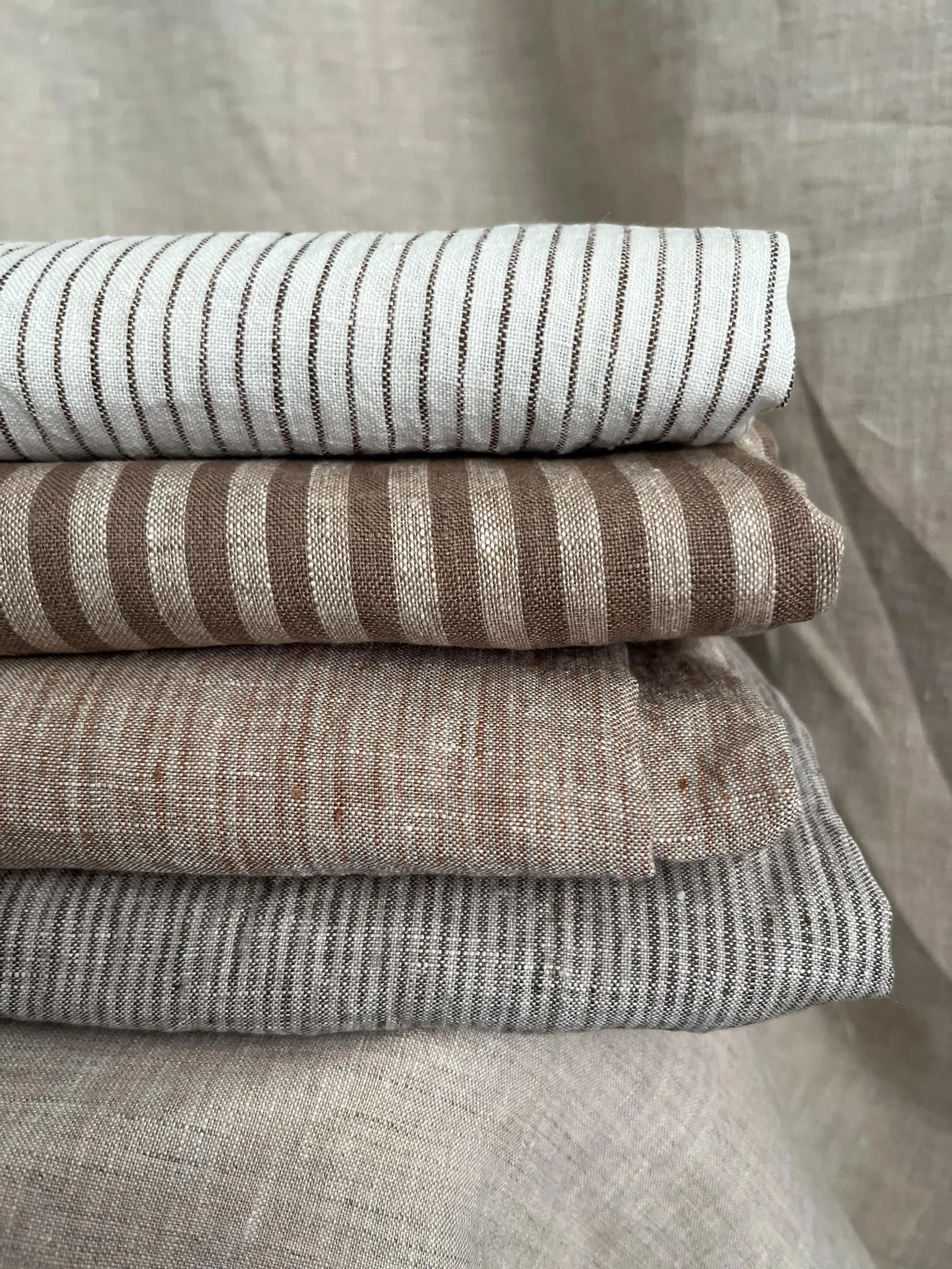
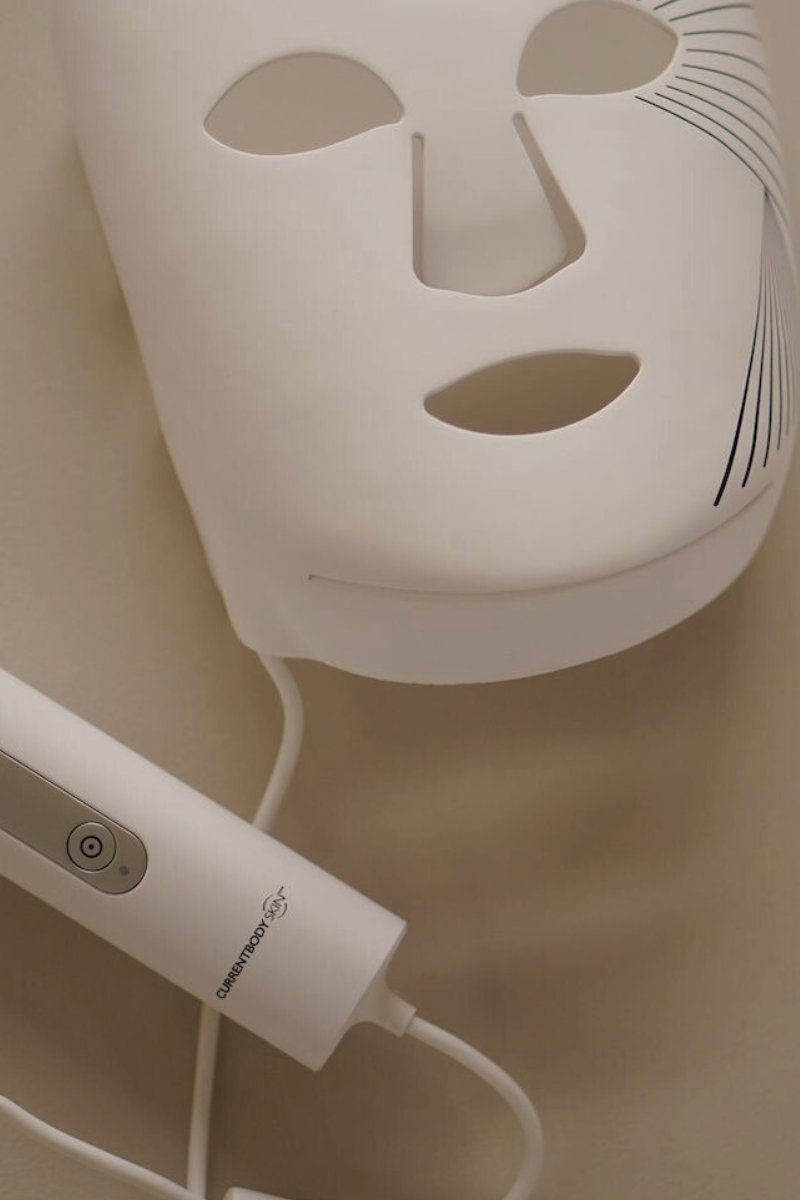
Comments +